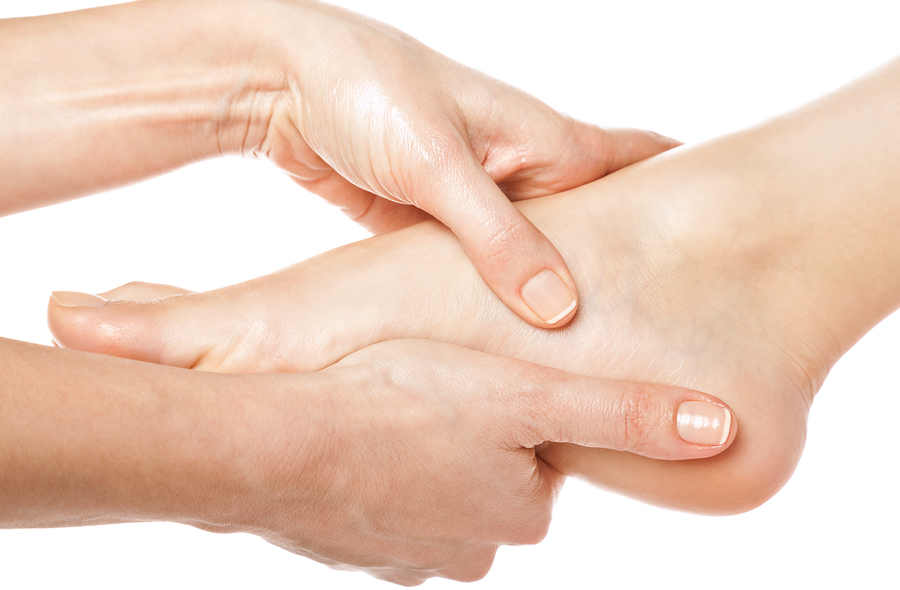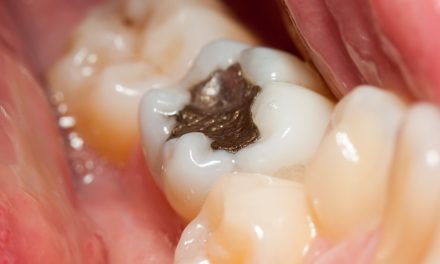If you have neuroma, a painful condition caused by an inflamed nerve in the ball of the foot, and have wondered about whether or not there are effective home treatments or if you are looking for nonsurgical ways to reduce the pain of Morton’s neuroma, look no further.
RELATED ARTICLE:
Dr. Jacqueline Sutera, a doctor of podiatric medicine and surgery, says that neuromas can be effectively treated at home with daily massages, stretches, and over-the-counter painkillers- surgery isn’t always necessary. In fact, when it comes down to it, she says only two of 10 might need surgery.
“Neuromas of the foot, also known as Morton’s neuromas, typically cause sharp, stabbing pain in the second, third and fourth toes. The goal of massaging and stretching is to open up the space between the bones — the metatarsals — in the ball of the foot and increase circulation, which can help reduce the pain and inflammation. Focus on the ball of the foot, not the toes, since the pain in the toes is referred pain from the ball of the foot.” 1
Dr. Sutera recommends that massages and stretches be done at the end of the day after a hot shower or bath (or other heat application):
- Place the thumbs at the top of the foot and the other fingers on the bottom of the foot (or vice versa).
- Press and massage the bones of the ball of the foot to create pressure on the top and bottom.
- Follow these massages with stretches, using your hands to “grab your forefoot and pull it apart so you’re stretching the spaces between the metatarsals in the ball of the foot.” 2
When you are done, make sure to ice the area.
Neuromas can be caused or aggravated by narrow, tight and pointy or high heeled shoes so you should invest in something more comfortable and supportive with a wide toe box. This will help with healing and prevent recurrences (if you have to wear heels, wedges or platforms are best).
RELATED ARTICLES:
- How Flip Flops Screw Up Your Feet
- These 5 foot exercises can relieve uncomfortable back, hip and knee pain in minutes
If the at-home treatments don’t work, a podiatrist can prescribe physical therapy, cortisone injections for pain or custom-made orthotics.












